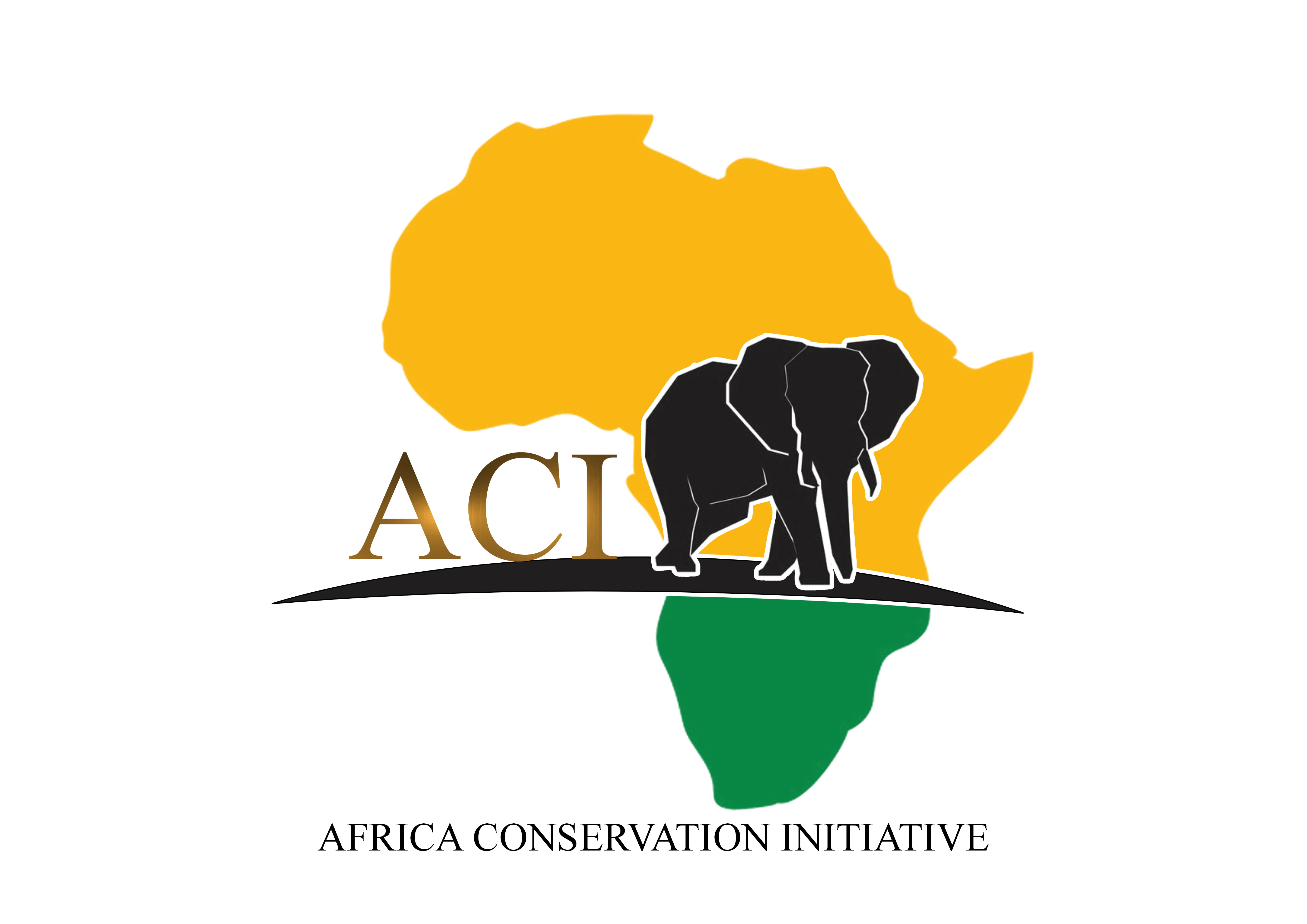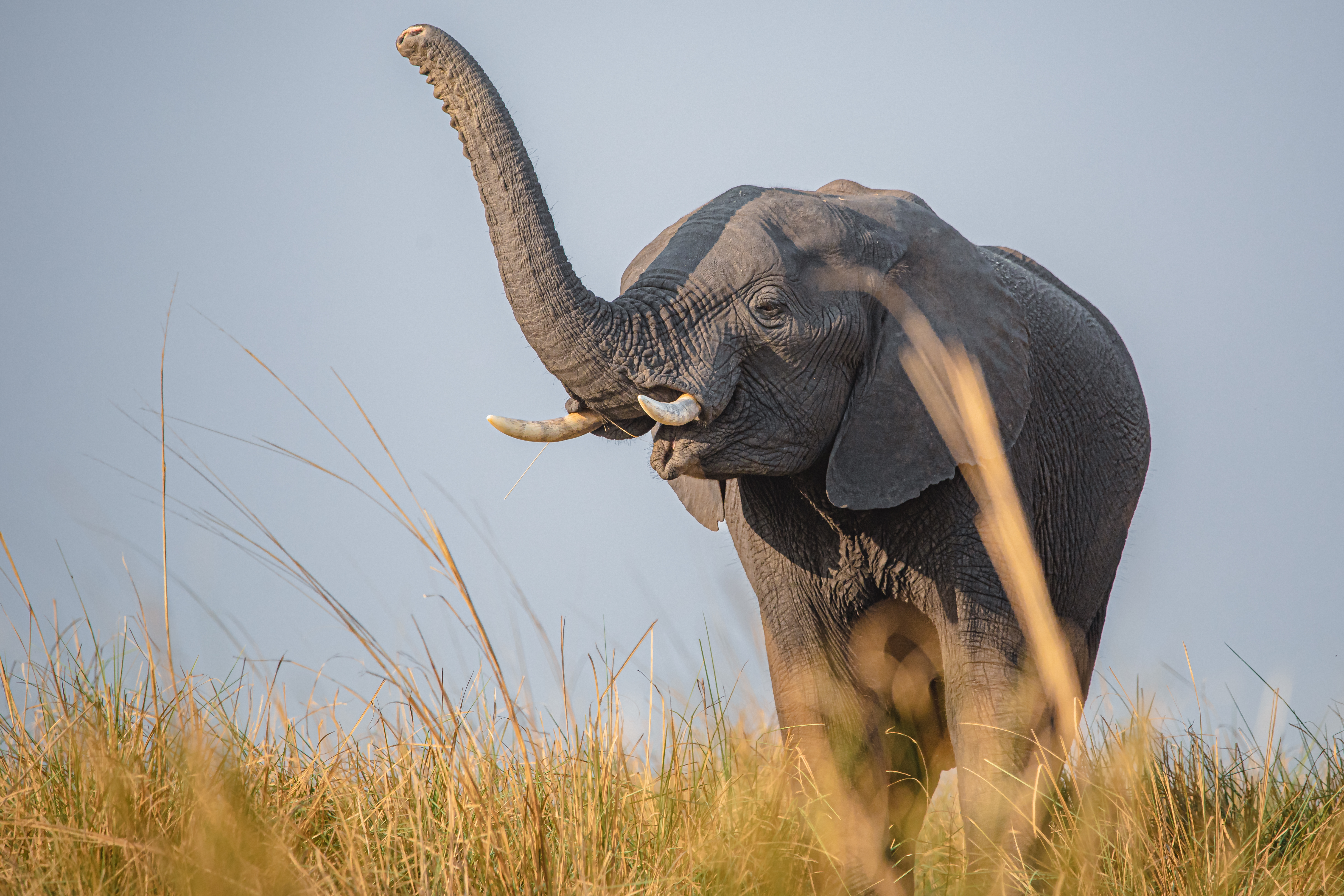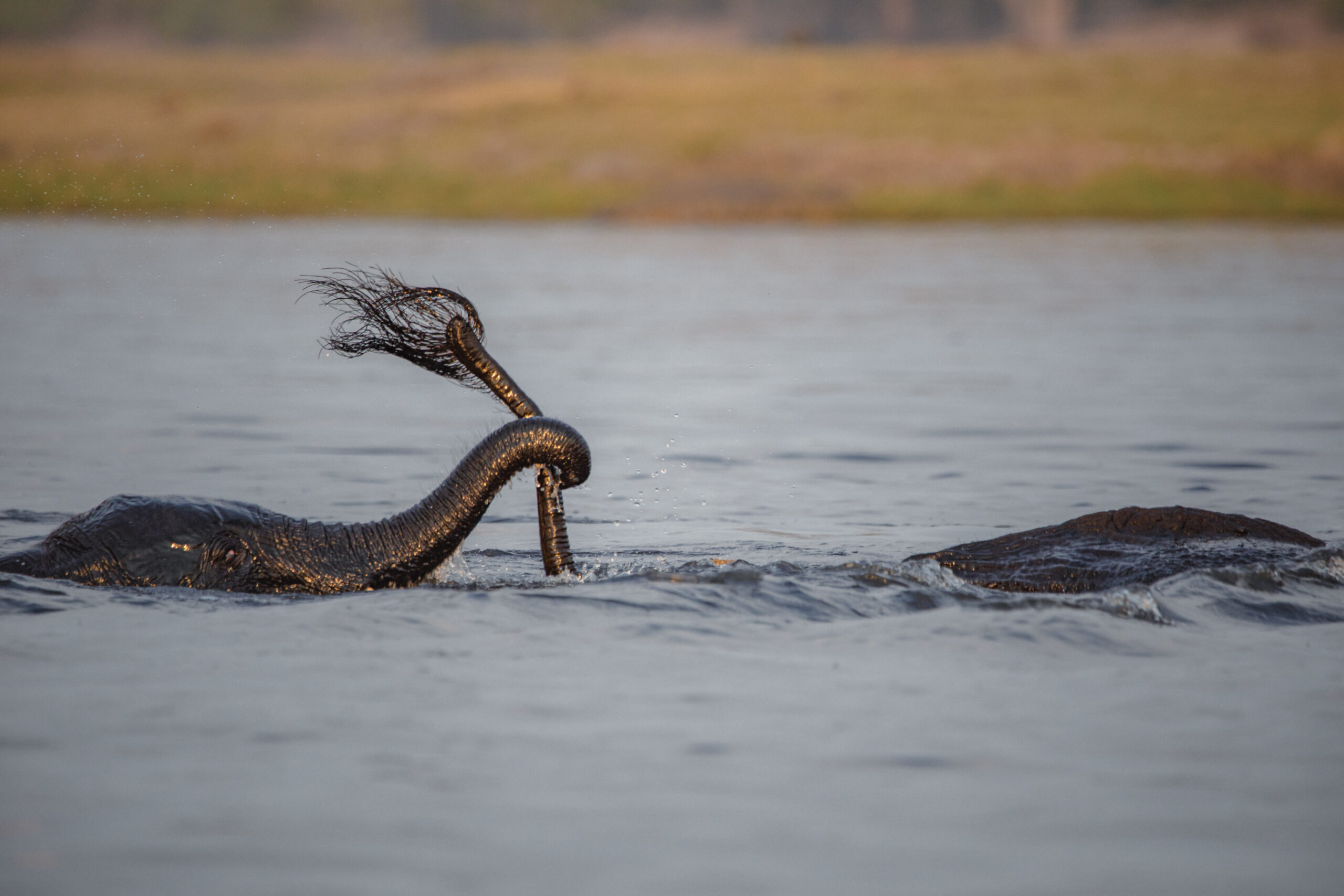Scientific research into Angola’s vertebrate fauna, including various mammalian species, began in the mid-19th century, led by Portuguese naturalists like José Vicente Barbosa du Bocage, often regarded as the pioneer of Angolan mammalogy. Du Bocage described over 100 mammal species, many of which were new to science.
Early 20th-century research saw the contributions of European naturalists such as Richard Lydekker, Oldfield Thomas, and Guy Dollman, who not only described additional mammal species but also shed light on their ecology and distribution in Angola.
Unfortunately, the mid-20th century saw a decline in mammal research due to political instability and civil war. However, the 21st century has witnessed a revival in the field, with the discovery of several new mammalian species in Angola.
Angola is home to a diverse array of mammals, with over 290 species currently recognized. The most diverse orders of mammals in Angola are rodents (85 species), bats (73 species), carnivores (39 species), and ungulates (33 species).
Ungulates (33 species): Ungulates, or hoofed mammals, are represented by both small and large species in Angola. Iconic African species like elephants, buffaloes, and various antelope species (including the endemic Giant Sable Antelope) can be found here. They are a key food source for carnivores and play a significant role in shaping the landscape through grazing.
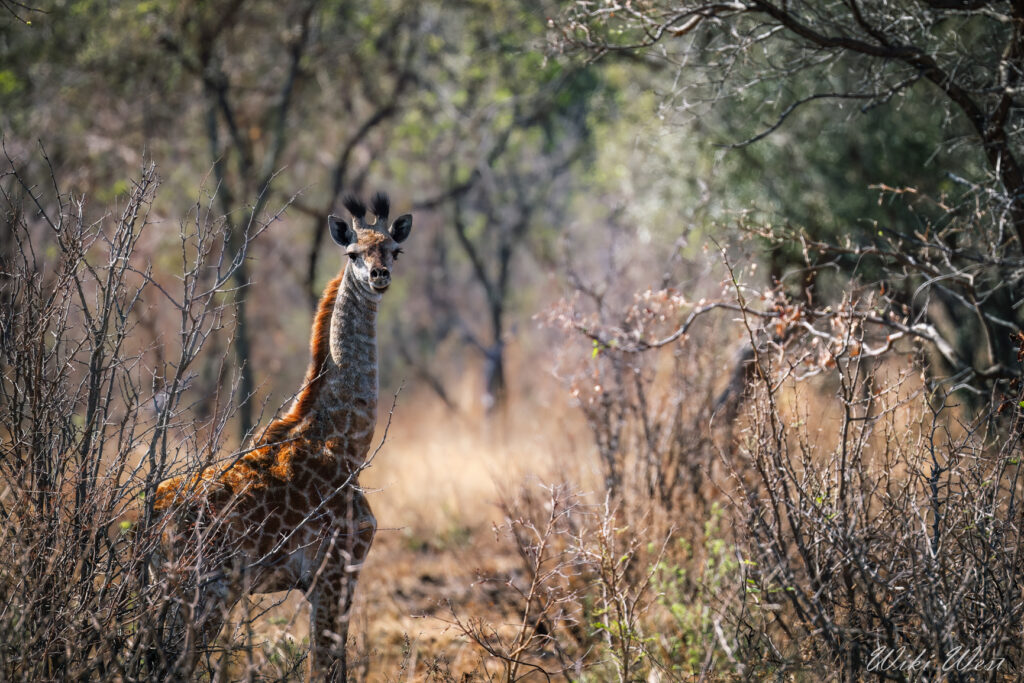
Rodents (85 species): Rodents are the most populous group of mammals in Angola. The diversity is large and includes several species of mice, rats, squirrels, and porcupines. They are critical to the ecosystem as prey for larger mammals and birds and as seed dispersers.
Bats (73 species): With over 73 species, bats make up a significant part of Angola’s mammalian diversity. Bats play crucial roles in the ecosystem by controlling insect populations and pollinating plants. Species such as the Angolan Free-tailed bat and the Mauritian Tomb Bat are commonly found in Angola.
Carnivores (39 species): Carnivores in Angola range from large predators like lions, leopards, and spotted hyenas to smaller species like the African wild dog, honey badger, and various mongoose species. Carnivores play an essential role in maintaining balance in the ecosystem by controlling herbivore populations.
Angola’s mammal fauna is characterized by a high degree of endemism, with over 40 species being endemic to the country. Angola is also home to a number of threatened and endangered mammal species, including the giant sable antelope, the pangolin, and the black rhinoceros.
Angola’s mammal fauna is facing a number of threats, including habitat loss, poaching, and the bushmeat trade. In addition, Angola has a long history of civil war, which has had a devastating impact on the country’s wildlife.
A number of conservation initiatives are underway in Angola to protect the country’s mammal fauna. These initiatives include the establishment of protected areas, the development of community-based conservation programs, and the enforcement of wildlife laws.
One of the most important conservation initiatives in Angola is the Africa Conservation Initiative (ACI). ACI is a non-profit organization that works to protect Africa’s wildlife and wildlands. ACI has a number of projects in Angola, including the Mupa Wildlife Reserve. The Mupa Wildlife Reserve is a 80,000 hectare protected area that is home to a number of threatened and endangered mammal species, including the giant sable antelope. Learn more about the project here.
ACI is working to restore the Mupa Wildlife Reserve to its natural state and to create a safe haven for wildlife. ACI is also working to educate local communities about the importance of conservation and to develop sustainable livelihoods that do not rely on wildlife.
With your support, ACI can continue to make a difference for Angola’s mammals and for the future of Africa’s wildlife.
How You Can Help
There are many ways you can help to protect Angola’s mammals. You can:
Donate to ACI: Your donation will help ACI to continue its work in Angola and across Africa.
Volunteer your time: ACI is always looking for volunteers to help with its projects in Angola.
Spread the word: Talk to your friends and family about the importance of conservation and about ACI’s work.
Join us as a Researcher: Help Unveil Angola’s Ecological Secrets and Shape Conservation Strategies
The Africa Conservation Initiative is calling on scientists, researchers, and specialists in mammalogy to join us in advancing our understanding of Angola’s diverse mammal fauna. After years of conflict, there is a significant knowledge gap that needs to be filled. With your expertise, we can conduct comprehensive field studies, track changes in animal populations over time, and develop informed, effective conservation strategies.
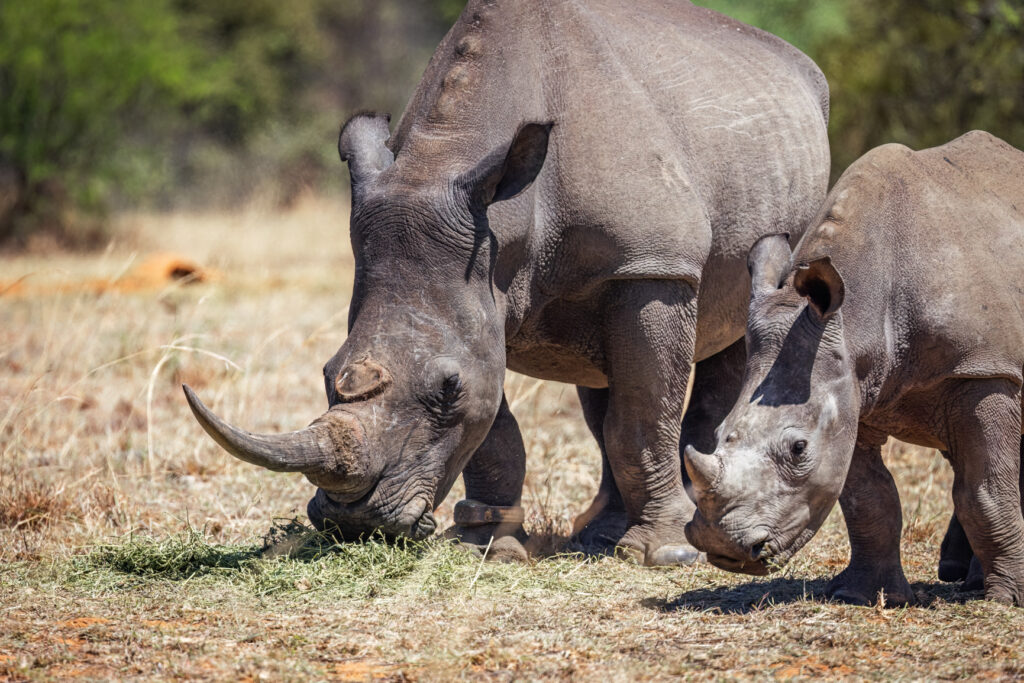
As a researcher with ACI, you will be at the forefront of conservation science in Angola. You will conduct field surveys, monitor wildlife populations, and contribute to the development of long-term conservation management plans. Your research will not only deepen our understanding of Angola’s unique biodiversity but also help to safeguard it for future generations.
Take this unique opportunity to make a lasting contribution to the field of mammalogy and conservation in Angola. Reach out to us today to learn more about research opportunities with ACI.
